Can you teach your frustrated horse, that is mugging, dancing, sniffing your pockets and offering all his latest trick to be calm and confident in training? Yes, and here’s how!
HippoLogic’s R+ Horse Training system contains 12 Keys to Success: 6 Key Lessons for Horses (Key Lesson PATIENCE is one of them) and 6 Keys to Success for Trainers that help you give your horse Clarity, Consistency and Confidence in your own clicker training skills.
Can your teach a horse to be calm and relaxed with Clicker Training?
It’s debatable in the R+ training world, but since I’ve taught many horses to relax I believe it’s possible!
In this video you see Fionn who transformed from a very eager but frustrated horse into a calm and relaxed horse. The “AFTER” is not the end result yet! 😉 He’s already better than in the video.
Behaviour in Horse Training
Behaviour is always changing and the horse will always do what’s best for him: is mugging while standing reinforced? He’ll choose the mugging every day, just to see if it works! Even when it doesn’t he won’t give up!
Therefor it’s best to teach him Key Lesson #1: Table Manners for Horses first. Then focus on the next behaviour: Standing.
Mugging while Standing
When you’ve already taught him incompatible behaviour with mugging, and something that is DESIREABLE, you both will benefit in all your future training. The “non-mugging” behaviour (keep head straight and away from your pockets) will be default in your next behaviour, for instance Stand & Relax.
Benefits of Key Lesson Patience (Stand & Relax)
Your horse get Clarity! He’ll know what is expected from him and what behaviours are reinforced (if you do it right 😉 ). You’re building confidence in your horse and Key Lesson Patience is an EXCELLENT default behaviour:

- Safe behaviour/increases safety
- Helps teaching your horse to be calm and wait for cues
- It’s the best default behaviour!
- Start laying the foundation of a two-way communication with your horse
- Foundation of ground tying
- Helps with mat training
- Safe behaviour for mounting
- Safe behaviour for when the vet comes
- Safe foundation for husbandry skills: deworming, eye care, mouth inspection, taking temperature
- Grooming
- Tacking/saddling your horse
Incompatible with/Solves
- Pawing
- Wandering off
- Starting to graze
- Ignoring you
- Pushing you
- Fidgeting with his head
- Dancing around you
- Backing up
- Flipping his head
- Trying to face you (a common behaviour that takes all pressure away in NH)
- Stressed/tense
- Mugging for treats with tricks like kissing faces
- Pinned ears, nipping
Aggressive behaviour
When your horse is showing aggressive behaviours, take away the cause first! Aggression is often coming from anger or fear! Do not try to stick “calm and standing still and relax” on top of frustration, anger, fear. It will backfire! Listen to your horse, figure out what he’s worried about and work on that issue first.
Once you solve the reason for his anger, fear, frustration that leads to aggression everything else becomes much safer and easier to train! When your horse shows aggression, ask help from a professional!
Do not punish your horse for aggressive behaviours because that will make it worse. Yes, you can defend yourself if necessary, and I hope you never have to! Beware you won’t get into ‘a spiral of aggression’ with your horse.
Work on Basics first, to offer your Horse Clarity in Training
All Key Lessons for Horses are foundational behaviours in Clicker Training that will help you train save, strong basic behaviours that will then automatically be ingrained in all future behaviours.
Take the time to teach your horse these 6 basic behaviours in positive reinforcement horse training:
- 1 Table Manners for Horses: save behaviour around food and treats in training
- 2 Patience: Stand & Relax, waiting calmly and confidently for your next cue. Increases safely and reduces frustration. Keep your horse in Learning Mode
- 3 Targeting: the most versatile behaviour that help you train almost ANY behaviour!
- 4 Mat training: basically targeting the feet, offers so much clarity for your horse
- 5 Head lowering: can help calm your horse down, increases safety and helps your horse to encourage exploration behaviour
- 6 Backing: super important for safety reasons, makes going though gates and unloading horses easy and effortlessly.
In the next blog more about how YOU can improve your clicker training skills, stay tuned. If you don’t want to miss it: simply subscribe to my blog with the button in the side bar!
Additional reading: Teach Your Horse to Stand & Relax
Want more?
Are you teaching yourself to clicker train your horse? Are you outgrowing the trick training phase (which is super fun and a great way to lay the foundation of a two-way communication with your horse) and now you want more?
Your interest in positive reinforcement horse training is spiked and you would love to do everything you do now, but then using clicker training? This is for you!
Become a Confident Clicker Trainer
When you want to do more with positive reinforcement and feel confident training your own horse, this is the course for you!
The Confident Clicker Trainer course is a high quality, online training program that you can do yourself. You’ll become automatically confident in your skills when you get predictable results. This course is aimed at novice and advanced clicker trainers who want to make their foundation really, really strong so that they can train everything else you want, faster and easier.

Enjoy Your Horse More
When you implement more positive reinforcement in your training and daily interactions with your horse, you ‘ll develop a strong bond. You’ll enhance the communication and built mutual trust and understanding. Clicker Training is so much more than a training method!

Happy Horse training! You are the trainer!
Sandra Poppema, BSc
Founder of HippoLogic and creator of the Confident Clicker Trainer course
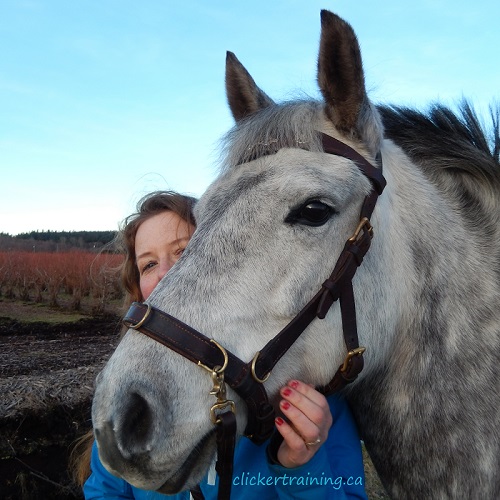




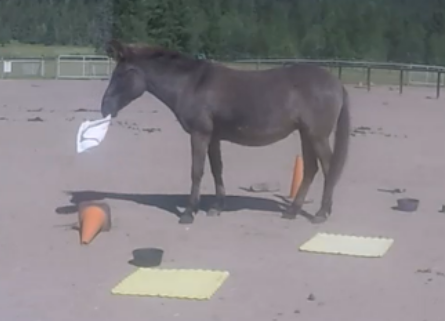





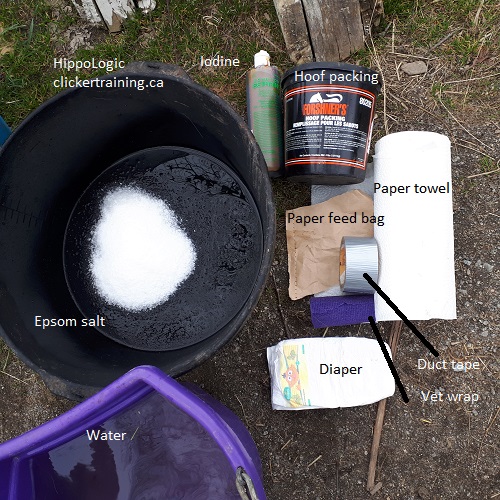

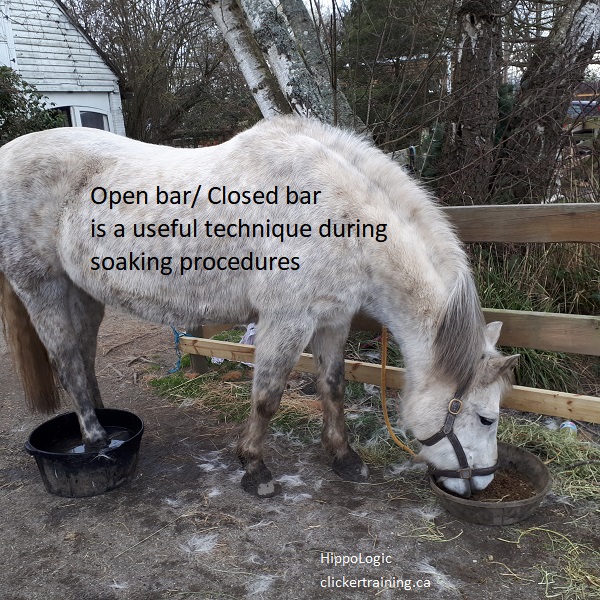

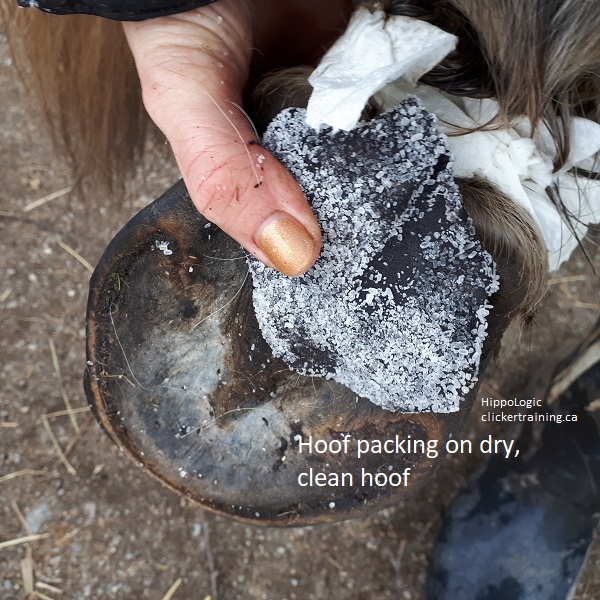

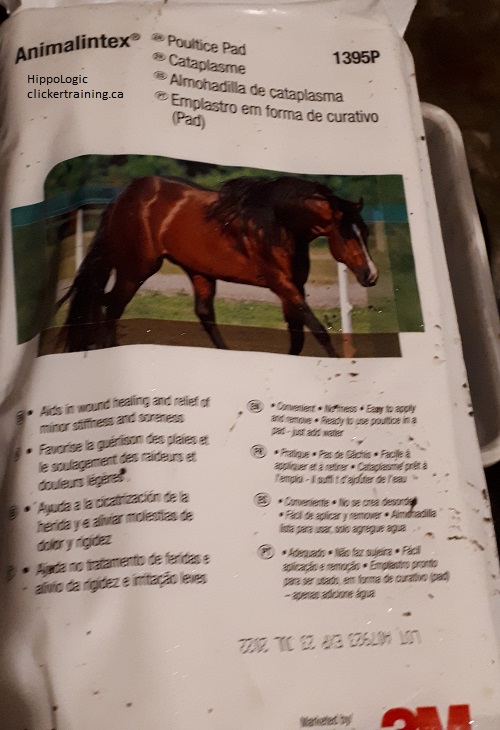

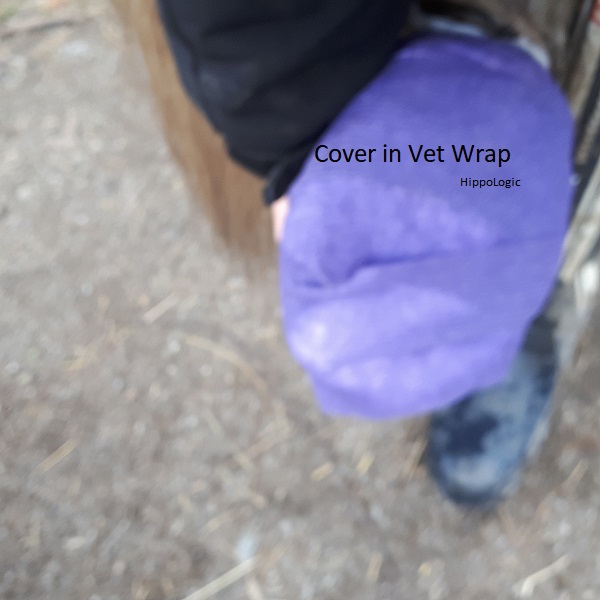
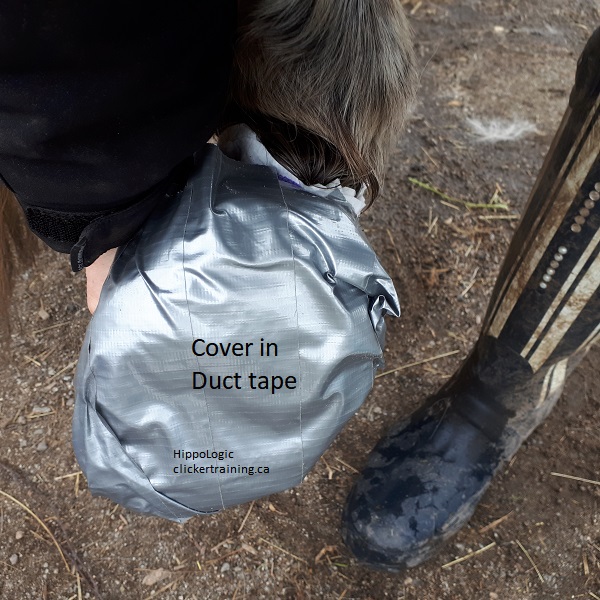
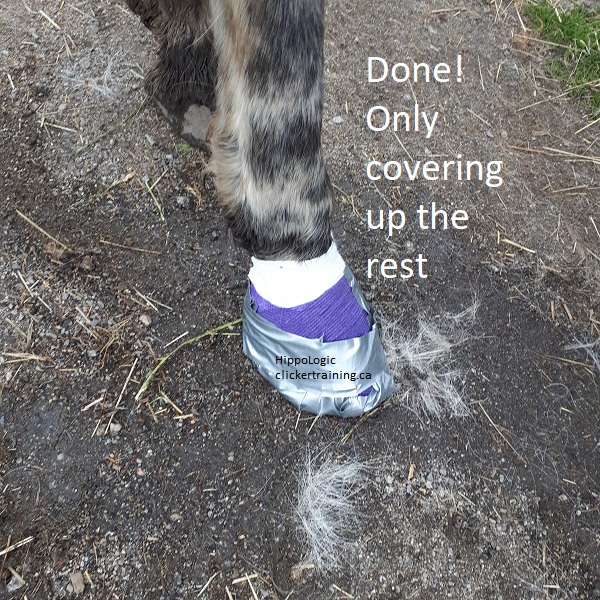
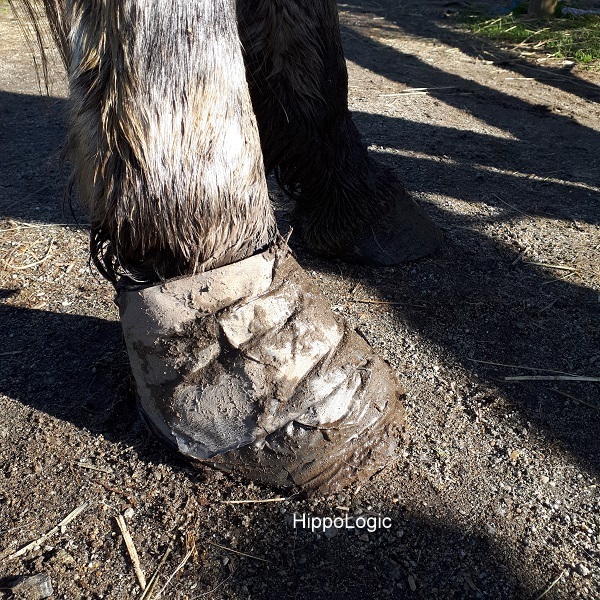

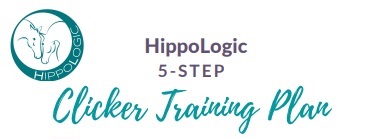
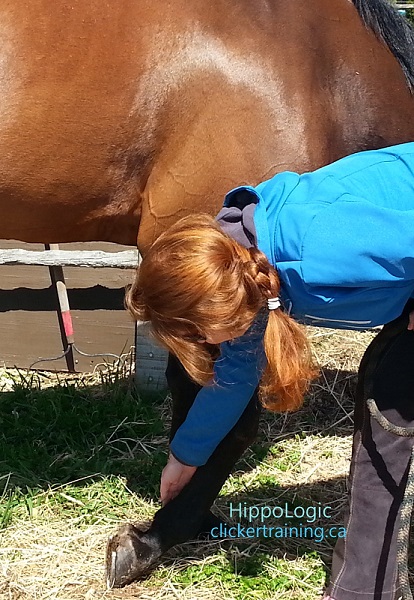
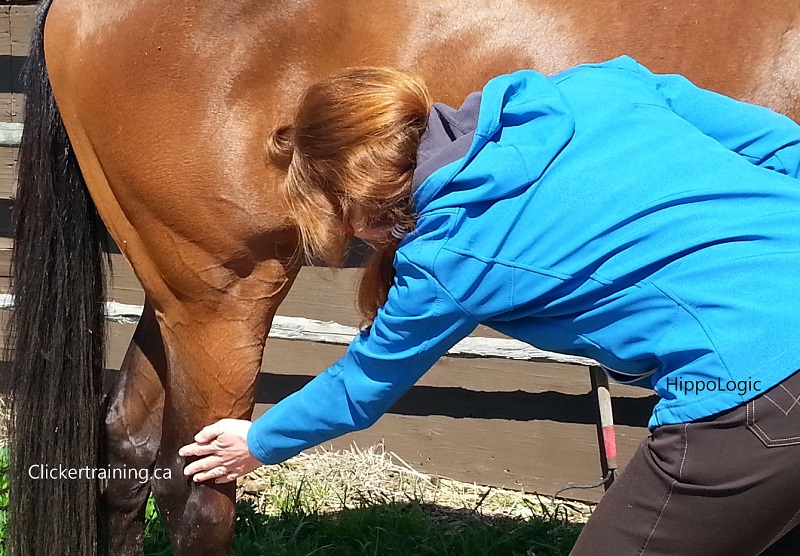
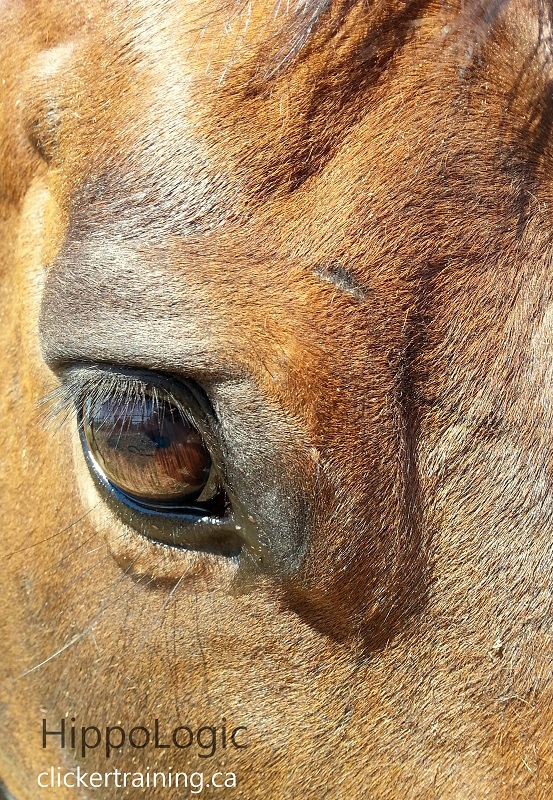
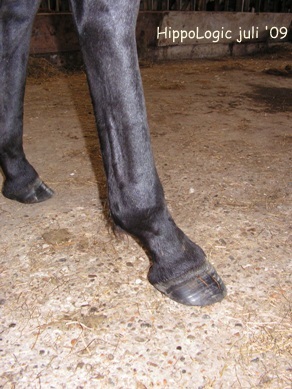
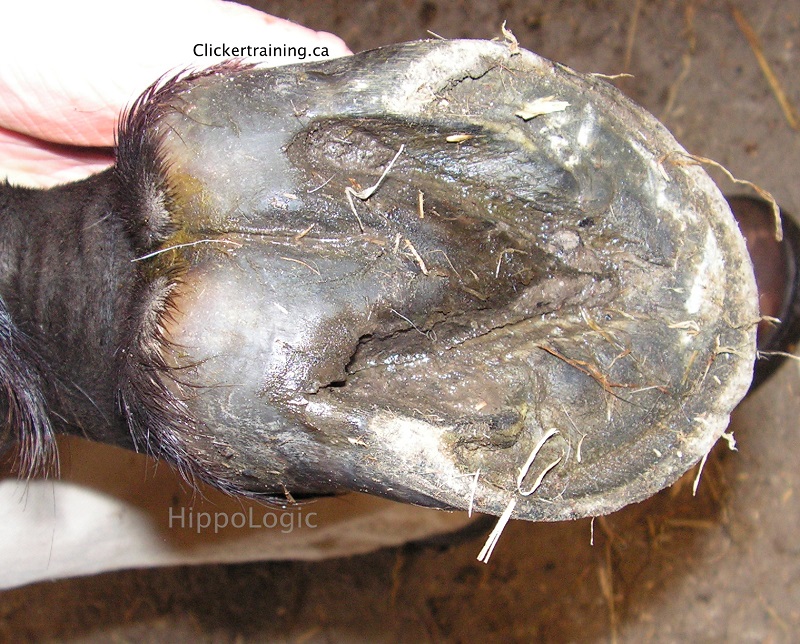
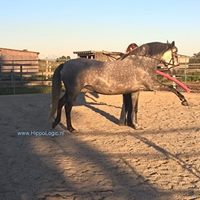
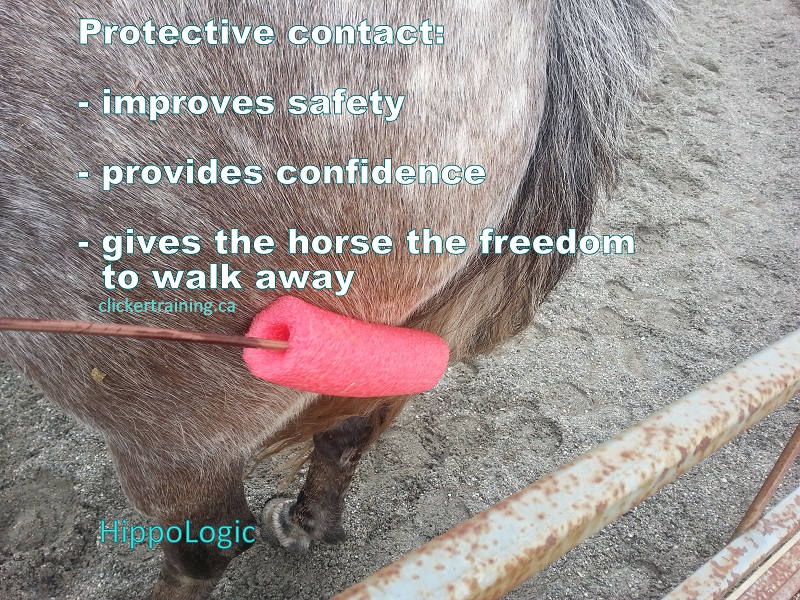
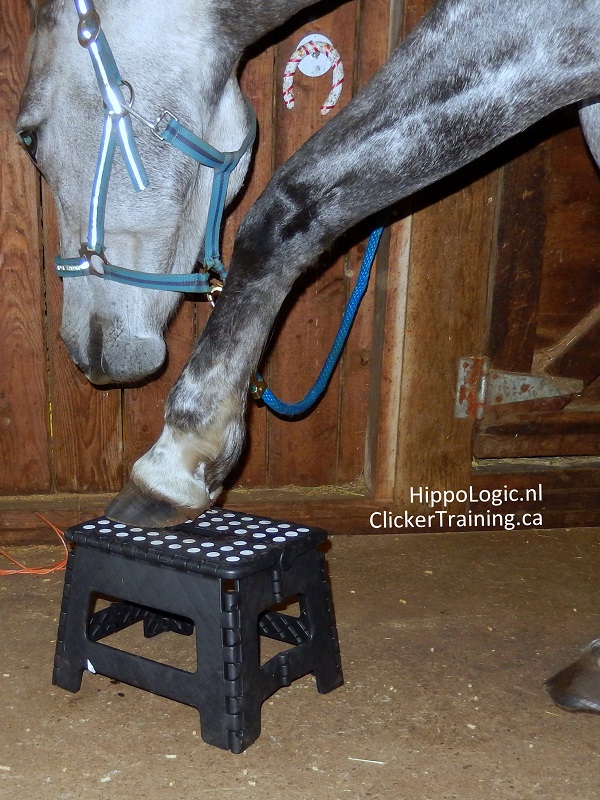
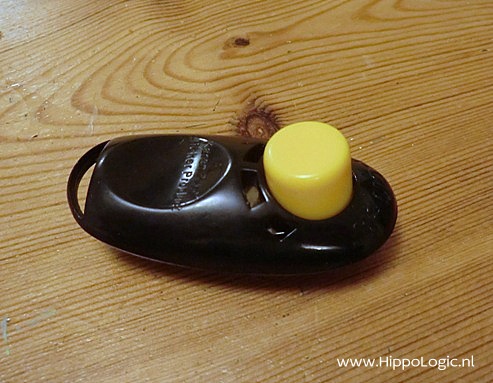
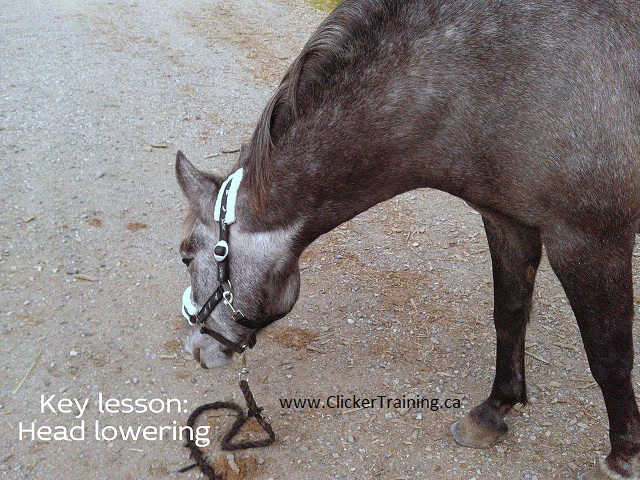
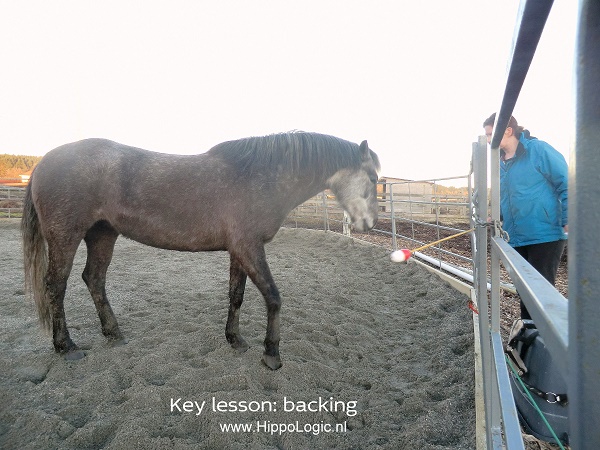

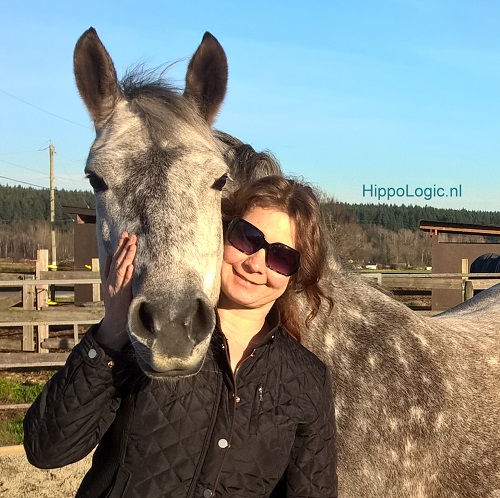
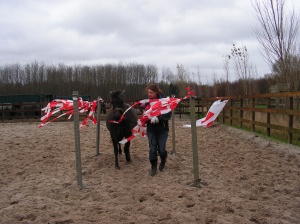 horsemanship. Horse and handler are both on foot. Horse Agility can help build a very close relationship with your horse and it keeps your horse’s mind working constructively. Skills developed in HA are very useful in daily routines as well as in new and possibly scary situations. You can even enter online competitions these days where you send in a video.
horsemanship. Horse and handler are both on foot. Horse Agility can help build a very close relationship with your horse and it keeps your horse’s mind working constructively. Skills developed in HA are very useful in daily routines as well as in new and possibly scary situations. You can even enter online competitions these days where you send in a video.
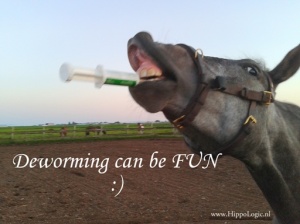 horse how to be dewormed easily
horse how to be dewormed easily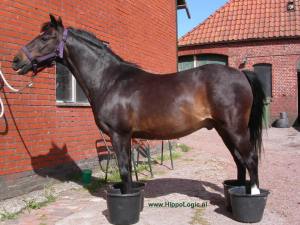 Think of soaking hooves in a bucket, hosing down your horse, crossing water (river, water splash, muddy puddles), water obstacles in HA, going for a swim with your horse, spraying your horse with a plant spray and so on.
Think of soaking hooves in a bucket, hosing down your horse, crossing water (river, water splash, muddy puddles), water obstacles in HA, going for a swim with your horse, spraying your horse with a plant spray and so on.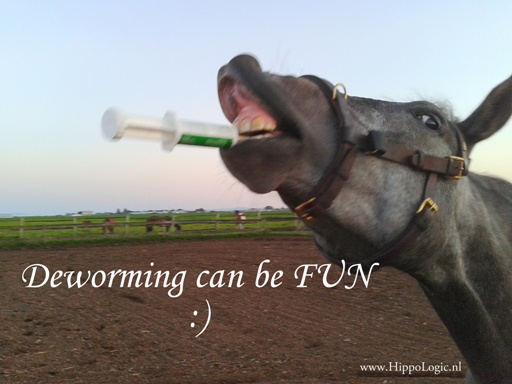

You must be logged in to post a comment.